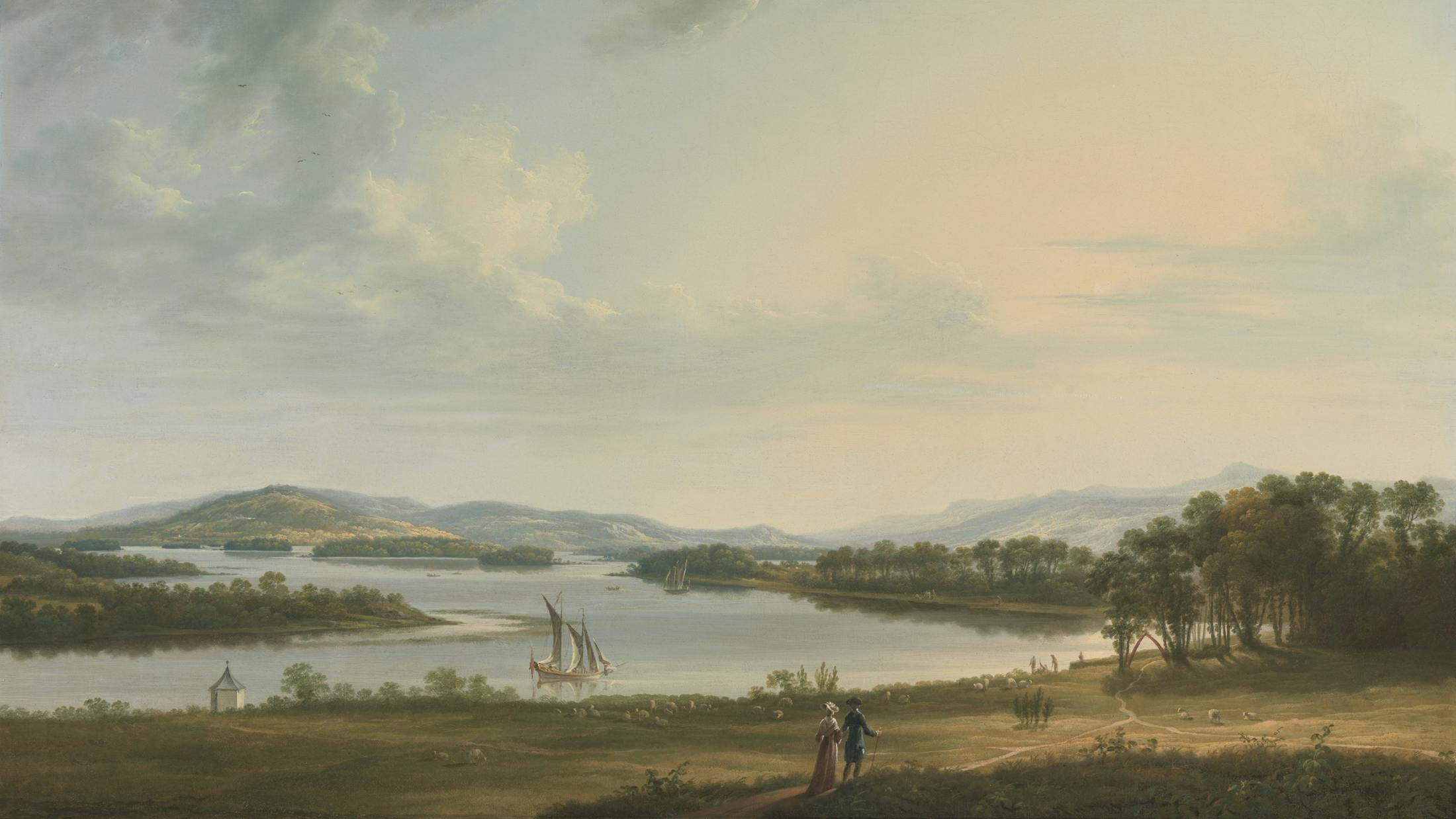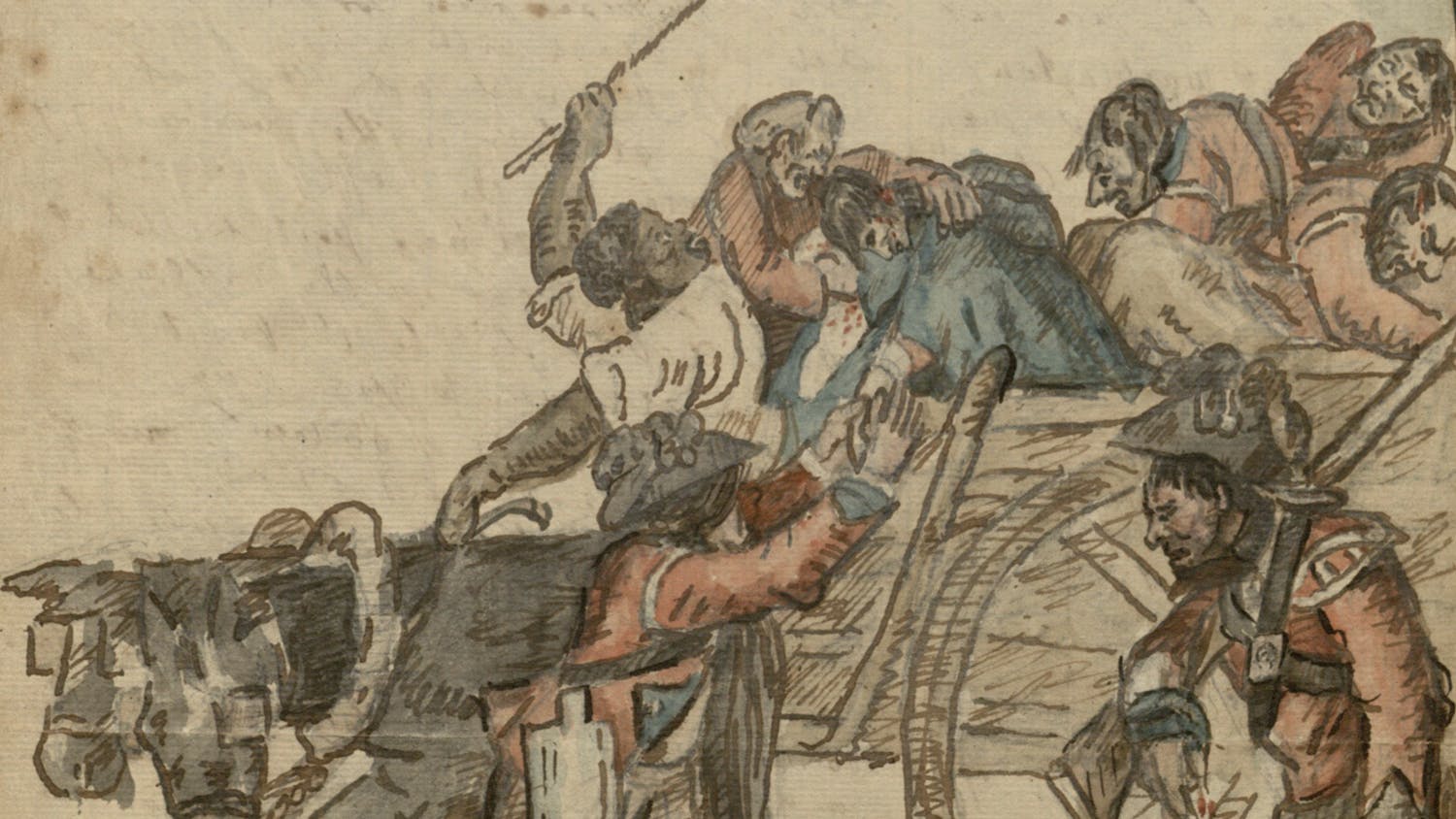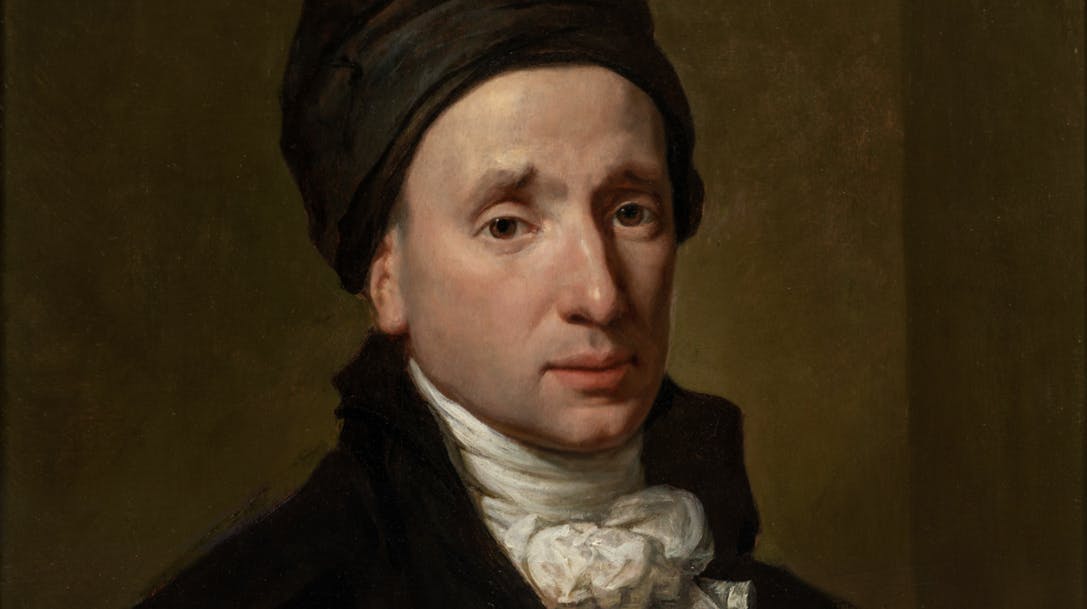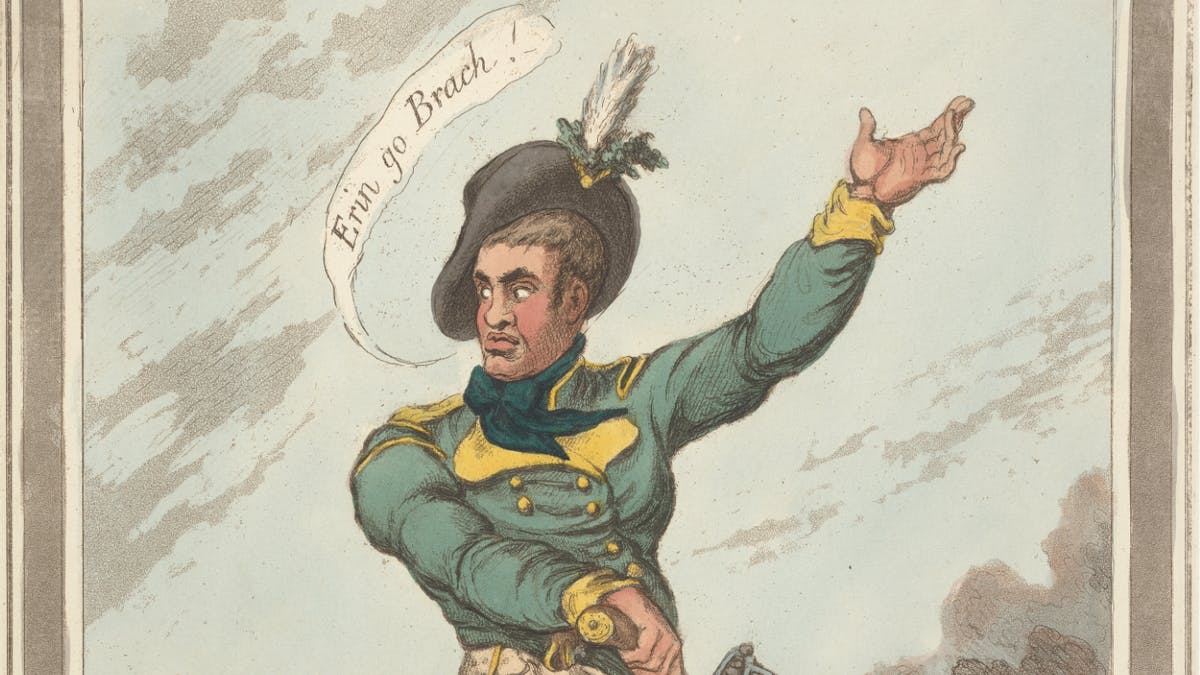Cost of Revolution
The Life and Death of an Irish Soldier
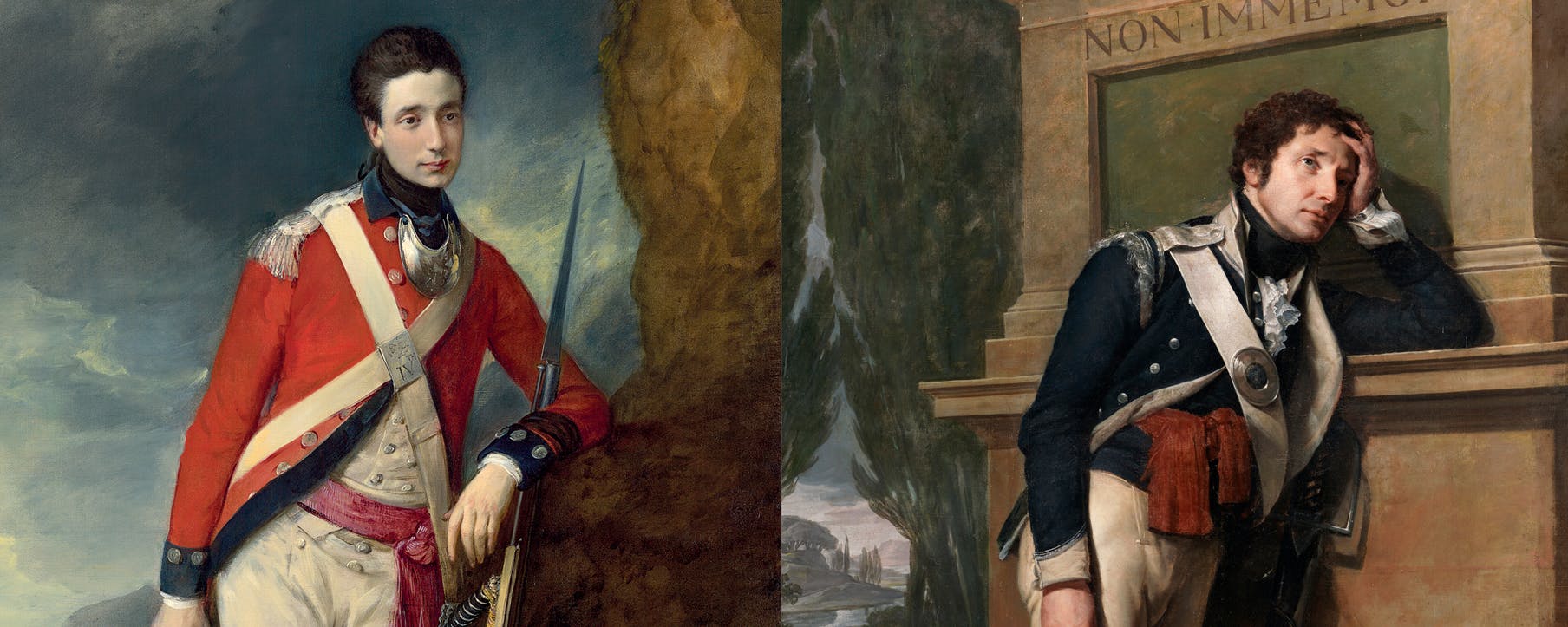
What can a life tell us about an era?
These two portraits depict Richard Mansergh St. George, an Irish soldier who fought against two revolutions, one in America and one in Ireland.
To the left is the young and confident St. George in 1776, dressed in his British Army uniform, ready to ship off to fight the American “rebels.” To the right is Richard Mansergh St. George grieving at his wife’s tomb two years before his tenants killed him at the beginning of the Irish Revolution of 1798.
In the 20 years separating his portraits, St. George’s life changed dramatically. He survived a severe head wound in America, mourned over the tragic death of his wife, and saw the power of kings and of gentlemen like himself violently challenged on two continents.
Along the way, St. George created and commissioned artwork to deal with his trauma and make sense of his rapidly changing world. His portraits, paintings, sketches, and cartoons provide new insight into the personal cost of revolution and the entangled histories of the American Revolution of 1776 and the Irish Revolution of 1798.
This online exhibit was adapted from the onsite special exhibit of the same name, which ran at the Museum from September 2019 through March 2020.
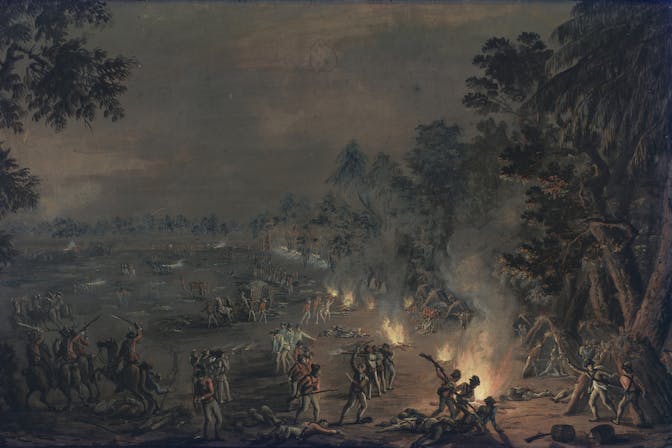
Detective Story: Why Richard Mansergh St. George?
For over 60 years, two Revolutionary War battle paintings in the Museum of the American Revolution’s collection have puzzled historians. Created by Italian artist Xavier della Gatta in 1782, the paintings vividly and accurately depict the 1777 battles of Paoli and Germantown, part of the Philadelphia Campaign. Della Gatta, however, never set foot in America. Why did Xavier della Gatta choose to paint these battles and how was he able to depict them so accurately? Careful detective work has revealed answers in the life of Richard Mansergh St. George, a veteran of both battles.
Related Resources
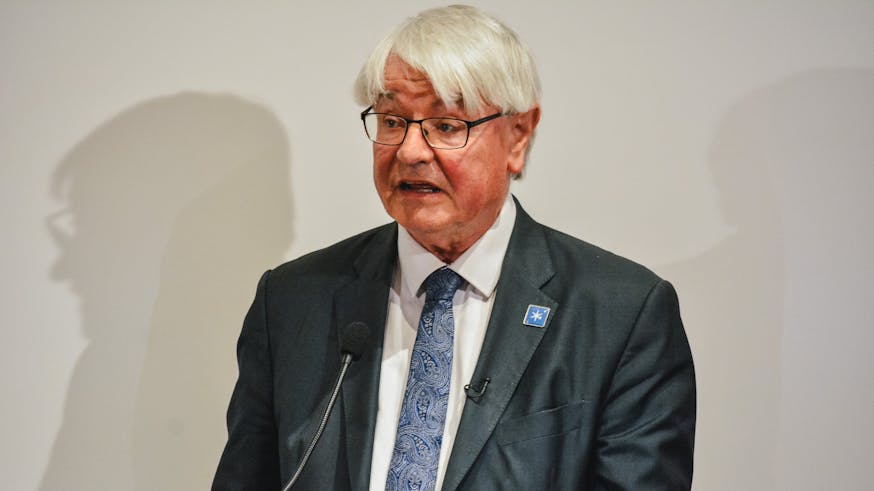
2019 International Conference on the American Revolution
Watch the sessions from the Oct. 3-5, 2019, conference inspired by Cost of Revolution.
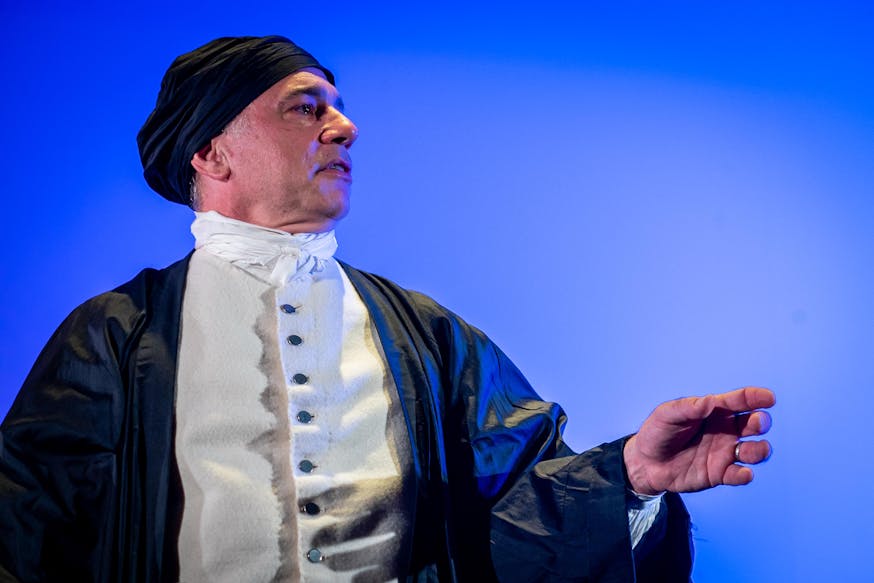
“Meet Richard St. George” Performance
Watch the original first-person theatrical performance portraying Irish soldier and artist Richard Mansergh St. George in 1798.
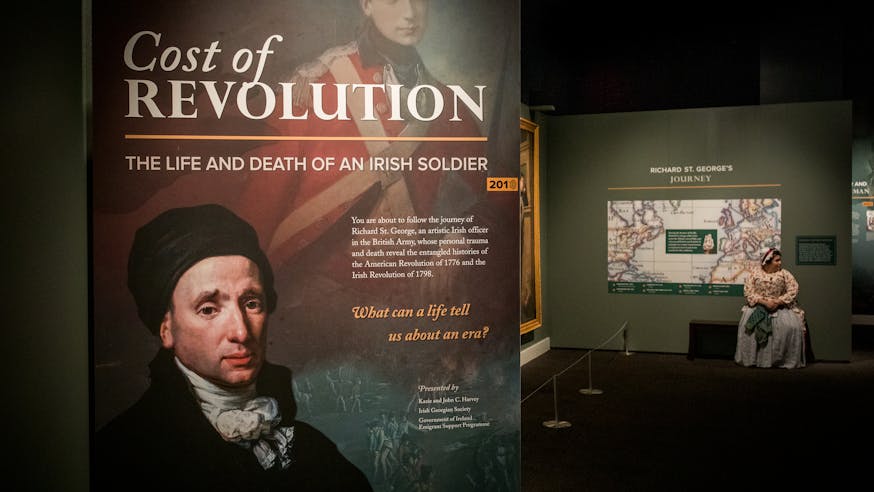
About the Onsite Exhibit
Learn the untold story of and Irish soldier and artist, whose life provides a window into the entangled histories of the American and Irish Revolutions.
In The News
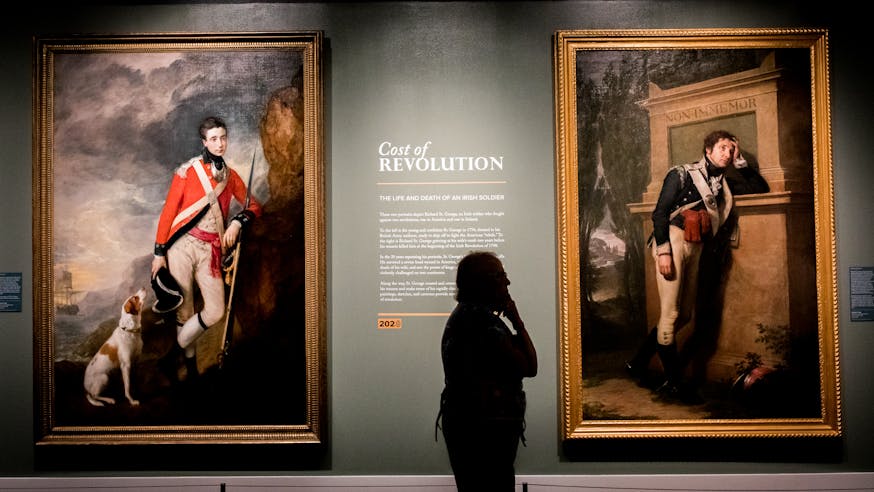
American Revolution museum’s new 'Irish Soldier’ exhibit has it all: Love. Death. Psychodrama.
by Stephan SalisburyThe Philadelphia Inquirer previewed the Cost of Revolution exhibit, which delved into the trans-Atlantic impact of the American Revolution.
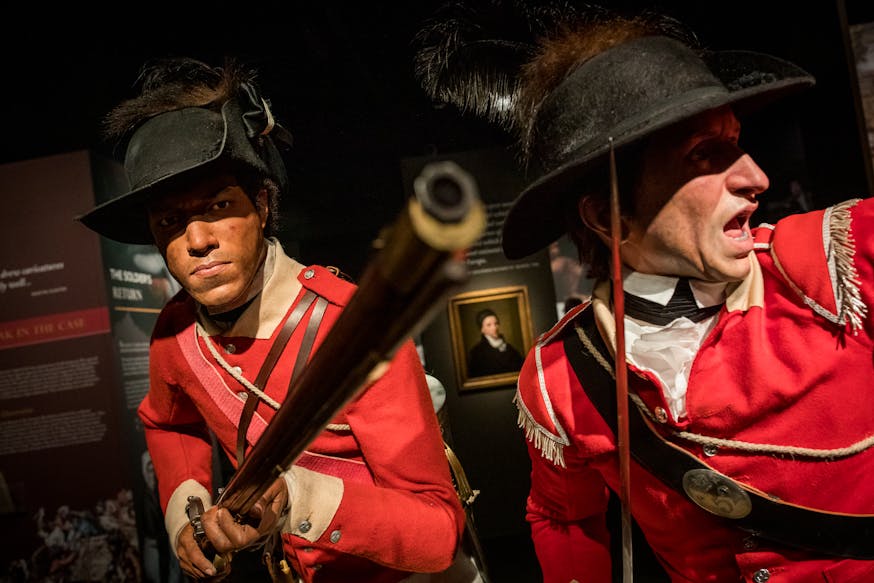
Done in by Rebellion
by Matthew SkicExhibit curator Matthew Skic provided insight into how Irish soldier Richard St. George helped Italian artist Xavier della Gatta capture scenes from the battles of Paoli and Germantown.
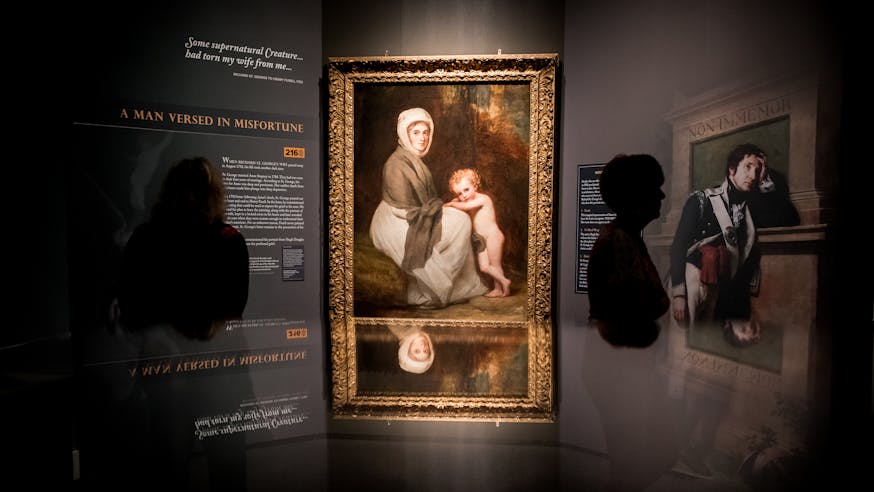
The American Revolution and Ireland
by Maggie HollandIrish America Magazine looked into the entangled histories of the American Revolution of 1776 and the Irish Revolution of 1798.
The Cost of Revolution online exhibition was made possible by Government of Ireland Emigrant Support Programme.
LINE OF IRELAND SPONSORS
Kazie and John C. Harvey
Irish Georgian Society
Government of Ireland Emigrant Support Programme
SUPPORTERS
Richard Brown and Mary Jo Otsea
Irish American Business Chamber and Network
The Society of St. George – Philadelphia
Welfare Foundation
WSFS Bank
Additional Support Provided By:
Peter Mark
James S. and Sally Studdiford
